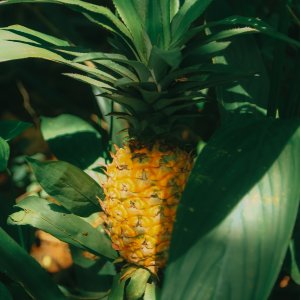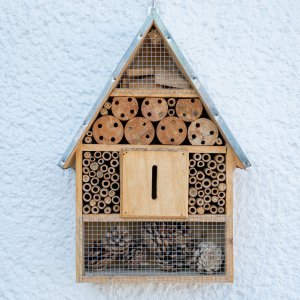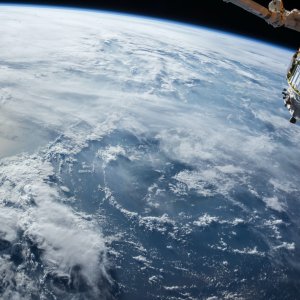What will the human diet be like in a hundred years? It will probably contain much less beef and many more insects.
Playing at being fortune tellers is just that, a game, since no one has a crystal ball that truly sees the future. What we do have, however, are scientific studies that tell us where humanity is heading and recommend how we might adapt to this new future.
The prediction is that the world population will exceed 9 billion by 2050 and this will require a 100% increase in food production. The problem is that this same increase in population will lead to a decrease in the land and resources needed to produce it. Of course, the high temperatures, droughts and fires caused by climate change will not help either.
Faced with this future prospect, the Food and Agriculture Organization of the United Nations in 2013 began promoting insects as an unexplored source of nutrition that could help address global food insecurity. Since then, numerous scientific reviews have been published on insect consumption and sustainability.
Yes, you read that right: part of the solution could be to eat insects. In most Western countries this idea is repugnant to us, but there is a world beyond the West. Entomophagy has been and continues to be part of human history in many regions of the world. It is estimated that more than two billion people regularly eat insects and more than 1,900 edible species have been reported, including beetles, caterpillars, ants, grasshoppers, cicadas, termites, dragonflies and flies.

The potential for insects to become an important food of the future
Insects are a great option due to their high protein, vitamin and mineral content, as well as their economic and environmental benefits. The average dry matter protein content of insects ranges from 35% (termites) to 61% (crickets, grasshoppers, locusts), and can be as high as 77% in some species. Many edible insects contain relatively high levels of B vitamins and minerals such as iron, zinc and magnesium. Chitin, present in the exoskeleton, provides significant amounts of fiber.
In addition, insects convert plant protein into animal protein much more efficiently than mammals. To give you an idea, crickets need less than 2 kg of feed for every 1 kg of body weight gain, while pigs need 5 kg and cows 10 kg.
Of course, we cannot set about exterminating wild insect populations, they need to be reared. The advantage of insects is that this can be done using various types of biological waste, including manure or compost, which can help reduce environmental pollution. In several Southeast Asian countries such as Laos, Thailand and Vietnam, crickets are already being reared for human consumption in garden sheds. In temperate zones, large numbers of insects are usually reared for pet food, while production for human consumption is smaller.

However, let's not fall into the trap of assuming that insects will be a panacea. The environmental impacts and sustainability of insect farming and production still need to be better examined in order to compare them with traditional agriculture and animal husbandry.
In order for the rearing of edible insects to be successful, further research into the biology and control of the rearing conditions of these animals, as well as the potential risks, is needed. In Thailand, there have been cases of insects contaminated with pesticides causing food poisoning in humans. Several mycotoxins have also been detected in edible insects, such as aflatoxins, which are carcinogenic. And insects can carry pathogens that pose a health risk to consumers.
Entomophagy is not without its challenges, but it represents a nutritious and sustainable source of food with the potential to address global food security issues. Who knows, perhaps, a hundred years from now, we will no longer look at grasshoppers with such a frown.













